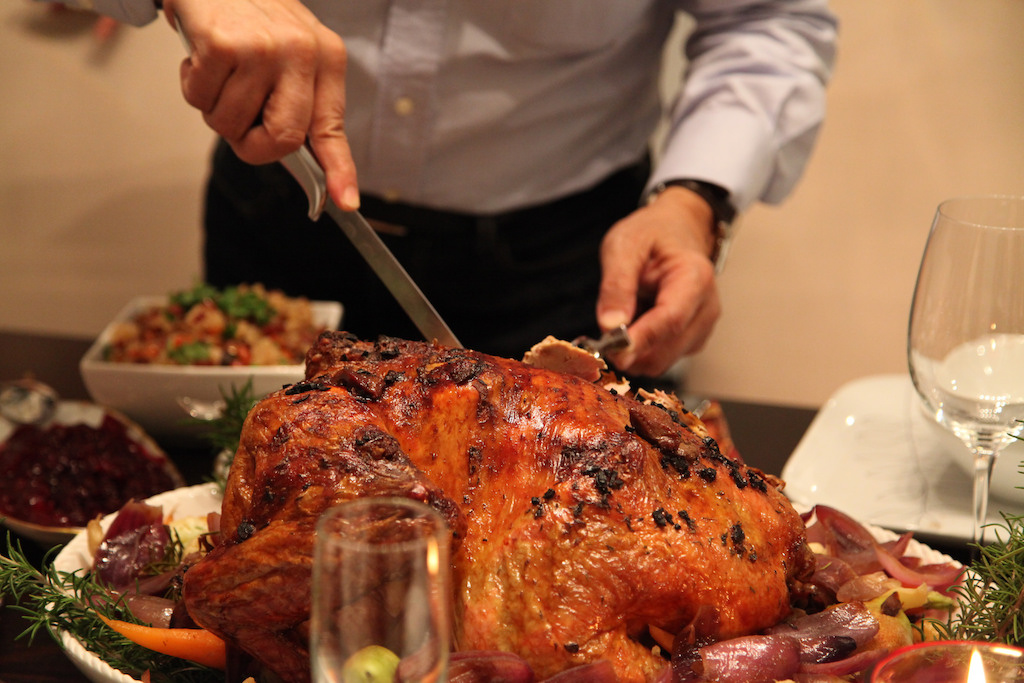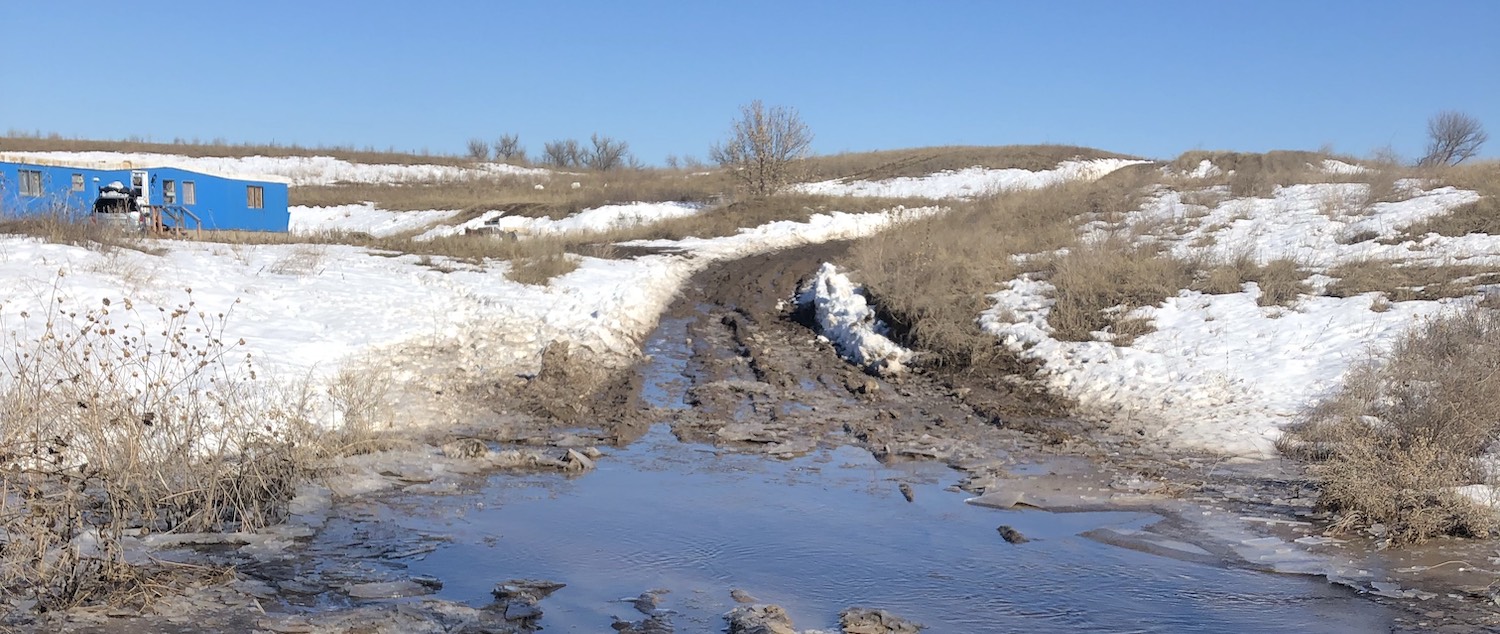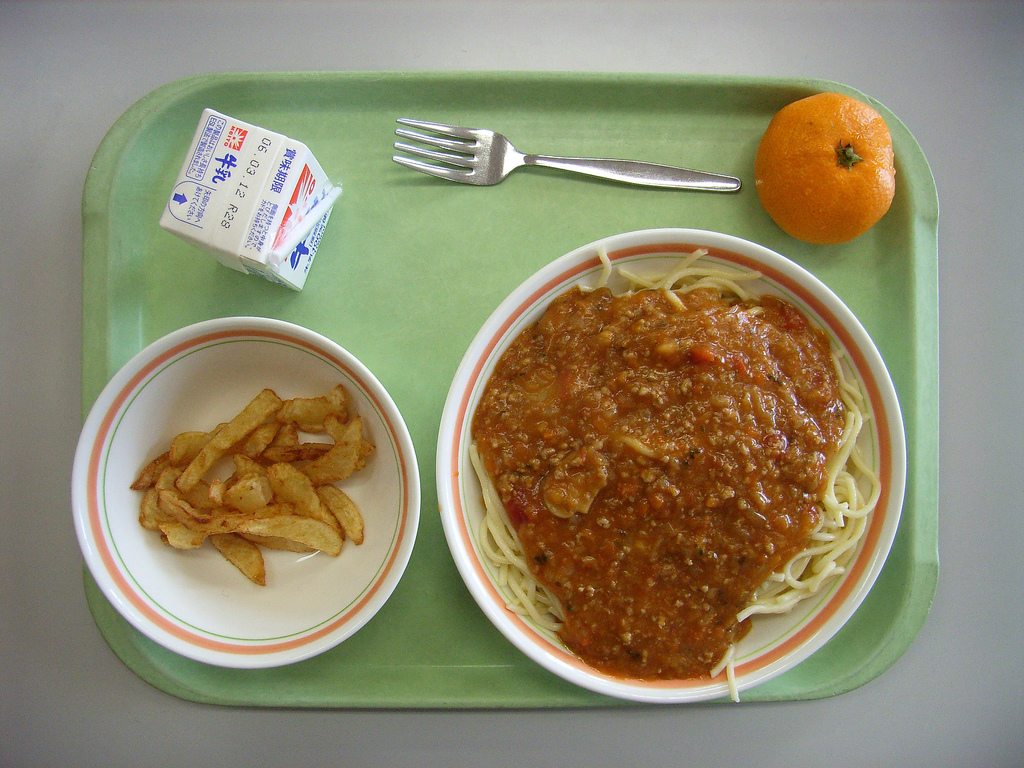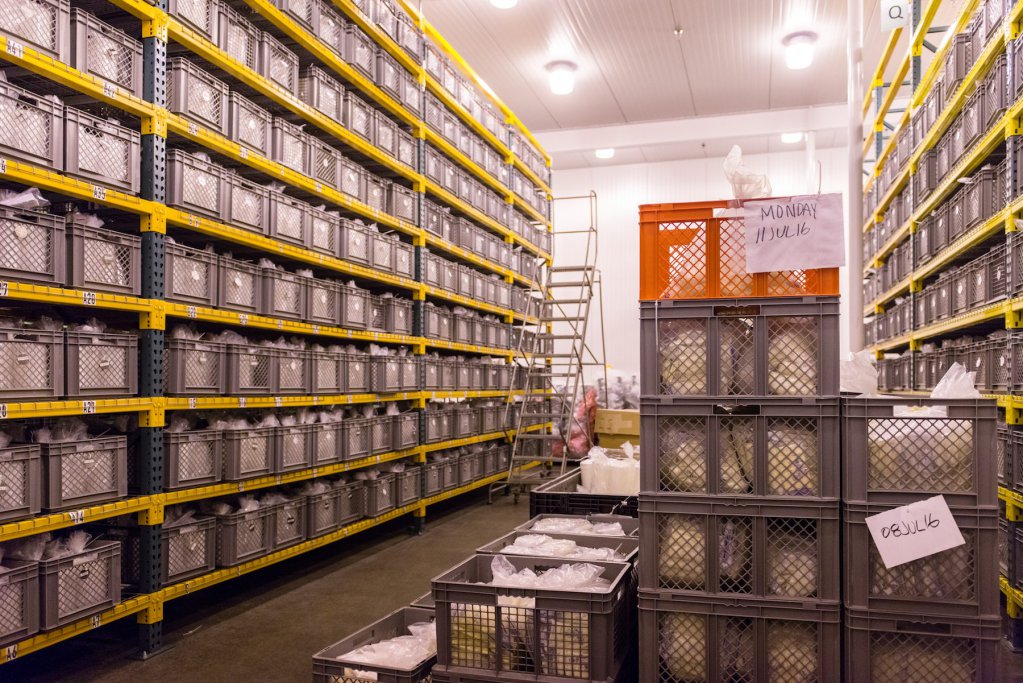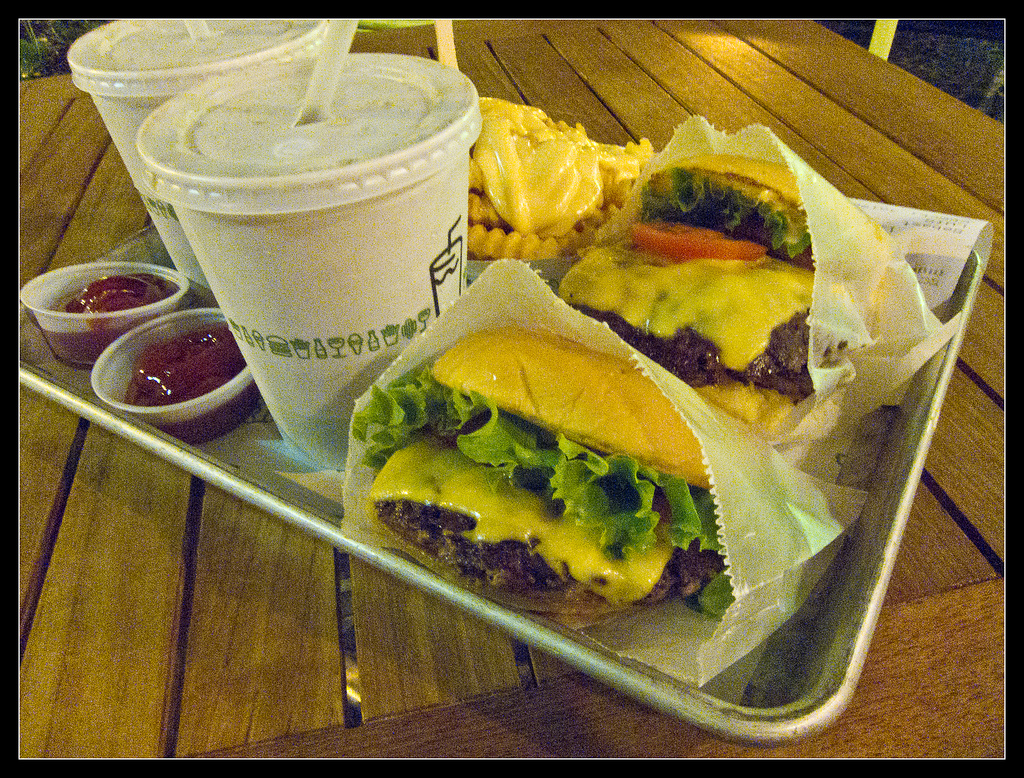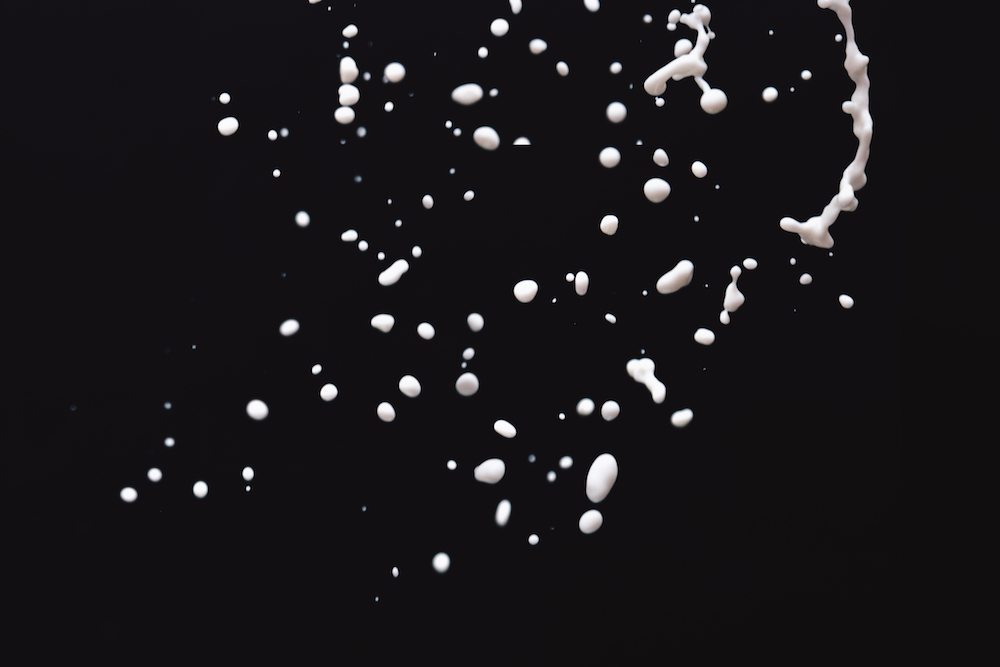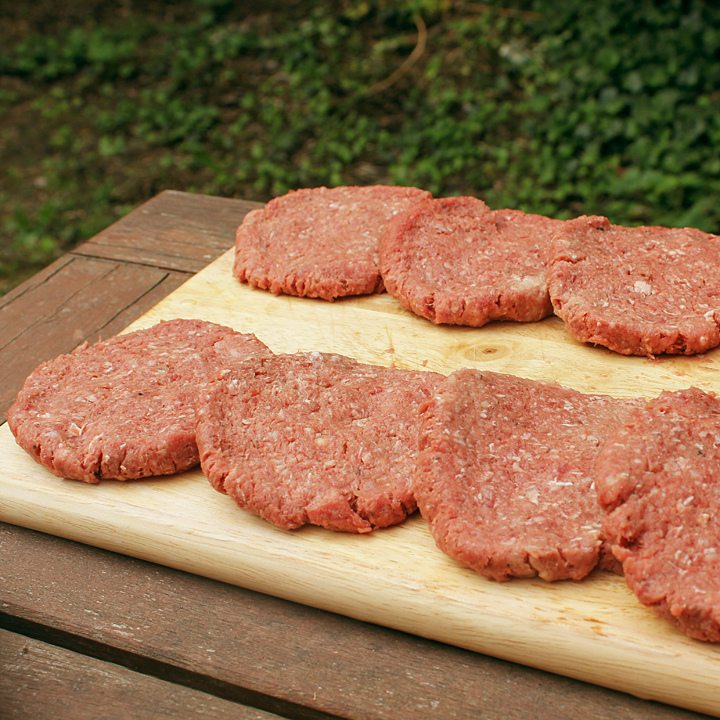Last month, cheese experts and aficionados descended on Bra, a small town in the Piedmont region of Italy, to celebrate cheese. Cheese made from the milk of sheep, goats, cows, buffalo, even camels. Cheese rubbed in ash, wrapped in leaves, packed in cloth—lovingly transported from places ranging from Australia to Ukraine. The streets were packed, and the air was perfumed, with cheese.
The event—called, appropriately, “Cheese”—is a biannual festival organized by Slow Food, a grassroots organization dedicated to local food and culinary traditions. For four days, I joined over 270,000 people from 23 countries to learn, share insights, and consume glorious amounts of what writer Clifton Fadiman called milk’s “leap toward immortality.” This year’s event focused on raw-milk cheeses, celebrated for their depth of flavor and rich heritage. But what made the event a standout (in the country that brought the world mozzarella and Parmigiano-Reggiano) was that it highlighted the United States, a country that, in the past, has been better known for Kraft than for craft. A country that has banned fresh cheeses made from raw milk.
The Food and Drug Administration’s (FDA) reasoning for this is that raw milk carries a greater number of pathogens and a higher risk for disease. You may recall Claire Brown’s story on how a cattle vaccine “shed” into raw milk, and her conclusion: “Pasteurization is starting to look more and more delicious. Right?”
Absolutely. For raw milk. But not for raw-milk cheese.
Grapes aren’t wine, cacao isn’t chocolate, and grain isn’t bread: They all require significant processes (including fermentation and aging) to transform into their sublime and distinguished end product. And while raw milk and raw-milk cheese both carry pathogens, they have different risk profiles and are far from the only products to harbor them.
Canarejal Cremoso, a complex raw sheep’s milk cheese made with thistle rennet
Bra, for example, is known for a sausage made from veal mixed with pork fat and seasoned with spices including cinnamon and coriander. It’s served raw and tastes delicious. Of course, raw meat can contain disease-causing microorganisms, but there was no meat inspector prohibiting me from eating that sausage in Italy—and there are no meat police joining me for dinner in the U.S. If I want to eat steak tartare all the livelong day, I can. Nothing but my digestive tract will stop me. But when it comes to cheese, FDA requires that all varieties transported across state lines be made from pasteurized milk or aged for a minimum of 60 days.
Why the extra scrutiny? The answer to that question, M.I.T. anthropologist Heather Paxson explains, is historic, rooted in both science and culture. “Raw milk cheese,” Paxson shared in her 2011 presentation at the American Cheese Society, “is a modern invention.” What she meant was that, until the development of pasteurization, all cheeses were made of raw milk. There was no qualifier; it was just cheese.
The quality and flavor of these cheeses varied because the terroir of each farm and cheese-making operation was different. Terroir is the taste of place; it’s what gives us rich, flavorful, and sometimes funky wedges and wheels. In cheese, it is the result of factors including location, the type and breed of animal, and the microorganisms in the milk and on equipment, plus the techniques used to make the end product.
Since the dawn of cheesemaking, there wasn’t any expectation of consistency, but by the 19th century, Paxson explained in a separate lecture on risk perception in food, that variability—from maker to maker and season to season—“was derided as unscientific.” Concerns about inconsistency coincided with big changes in the people and processes behind the end product. By the middle of the century, cheesemonger Gordon Edgar explains in his book, Cheddar: A Journey to the Heart of America’s Most Iconic Cheese, cheesemaking “went from being a women‐dominated, farm‐based [practice] … to a factory-made, male‐dominated one.”
A cornerstone of the shift in this country was a cheese-making method known as “associated dairying”— long practiced in the production of European cheeses such as Gruyere in Switzerland and Comte in France—which involves pooling milk and other resources from more than one producer to ensure consistency and increase yield. This method crossed international borders in 1851, and while it freed up more time for Americans to make cheese rather than milk cows, it also increased possible sources of milk contamination.
The first commercial milk pasteurizers were produced in 1882, but the practice didn’t become widespread in the U.S. for several more decades. This was largely due to the efforts of bacteriologist Alice Catherine Evans who, in 1917, determined that drinking freshly-drawn cow’s milk or handling diseased cattle could cause infection in humans. “At the time, making this connection was considered medical blasphemy,” National Science Foundation director Rita Colwell wrote, “and Evans set off a firestorm of protest and disbelief by physicians, veterinarians, dairy industry representatives, and other scientists.” Dairy farmers also pushed against the added costs of pasteurization, but Evans persisted. Pasteurization not only made milk safer, it allowed cheese-making facilities to scale production, standardize quality, and, eventually, to create a significantly cheaper product. By the 1930s almost all cheese factories in the U.S. had been retrofitted to work with pasteurized milk.
“Pasteurization,” Paxson wrote in emailed correspondence, “represented modern progress. … Subsequent generations of food scientists and regulatory officials have been trained to view pasteurization as the scientifically correct—rational and moral—means of producing dairy foods. In their eyes, choosing to make cheese from raw milk is not only unnecessary, it would seem to be irrational, or to take a step ‘backwards.’”
The other yellowish-orange cheese that captured American hearts and palates came wrapped in plastic and pre-sliced: Kraft De Luxe Process Slices, launched in 1950. The processed cheese, along with Spam and other industrialized foods, were considered signs of advancement. Why would anyone reach for an oddly-shaped, smelly, oozy cheese when they could savor a clean, Kraft single? Why would anyone risk eating a raw-milk cheese when processed cheeses were safer? “American cheese” was Kraft.
But by the 1970s, America started to see a cheese renaissance that, Paxson argues, was part of a larger opposition to the homogenization of both food and culture—a return to realness. In the 1980s, inspired by a robust domestic economy, Americans increased travel abroad, where they were exposed to Brie, Camembert, and other diverse raw-milk delights that celebrated inconsistency and seasonal variability. Those experiences, she says, sowed the seeds of what has become a robust artisanal cheese movement in this country, with over half of domestic makers now working with raw milk.
Why? Assuredly for flavor. Pasteurization doesn’t just kill pathogens, it also impacts the microorganisms responsible for complex tastes and aromas. But raw-milk cheese is also waging a comeback because science has progressed. Pasteurization impacts fluid milk but we know now that there are other opportunities throughout the production cycle for contamination—and variations in how different cheeses respond to aging. The FDA regulations on raw-milk cheese were developed for a hard cheese—Cheddar—which, Donnelly explains, made sense: “As Cheddar cheese ripens, the pH drops and the combination of low pH, salt concentration, and loss of moisture create conditions where bacterial pathogens die. [But] that rule is now applied to many different cheese categories, such as soft ripened cheeses like Camembert. Camembert is a high moisture cheese and the pH increases during aging. These conditions allow pathogens to grow instead of dying.”
This process isn’t cheap; it costs Hatch 2 to 2-and-a-half percent of the company’s total sales. “But,” he stresses, “it’s what a producer should do. If the safety of a food is our livelihood, we should be prepared to do this.” Hatch believes this scrutiny on the part of both cheesemakers and regulators should happen across all cheeses: “Pasteurized milk cheeses are as vulnerable as raw-milk cheeses to contamination in the ripening environment.”
He’s right. A 2015 study funded by the Centers for Disease Control (CDC) reviewed all reports of foodborne disease outbreaks caused by milk products that had been sent to the agency. Within those 13 years, outbreaks resulted in 1,882 illnesses, 230 hospitalizations, and six deaths. The type of milk used was reported in 91 percent of the cases: Cheese made from unpasteurized milk caused 46 percent of the outbreaks, and cheese made from pasteurized milk caused 54 percent. Contamination in pasteurized cheeses was mostly attributed to “worker health and hygiene,” while contamination in unpasteurized cheeses was, instead, because of “contamination of raw product or ingredient by pathogens from animals or the environment.”
Blue Sunshine, made by Florida’s first artisan raw-milk cheesemaker
What this and other studies show is that safety isn’t inherent to the raw milk; it’s determined by how the milk is handled on its journey to becoming cheese (and the constitution of those who consume it; those with suppressed immunity are more vulnerable). With the support of data and the lobbying efforts of cheesemakers and industry advocates including the American Cheese Society and Oldways Cheese Coalition, FDA has finally reconsidered its stance. In January 2014, the agency began collecting and testing over 1,600 domestic and international raw-milk cheese samples for the presence of five pathogens known to cause foodborne illnesses (Salmonella, Listeria monocytogenes, E. coli O157:H7, and Shiga toxin-producing E. coli, as well as generic E. coli). The overall contamination rate for each of the pathogens was less than 1 percent, and the overall contamination rate for generic E. coli was 5.4 percent.
To a layperson, the rate of generic E. coli might sound high, but the presence of the bacteria isn’t itself problematic. Despite its bad rep, most E. coli are harmless. They live in our—and animals’—digestive tracts and can provide resistance against disease-causing organisms. Bearing this in mind, Nega Beru, director of the FDA Office of Food Safety, announced in 2016, “While we [will] continue to inspect cheese-making facilities and test for pathogens … we are pausing our program for non-toxigenic E. coli.” A spokeswoman for FDA confirmed last month that there are no current plans to resume testing; instead, the organization is now focused on the implementation of the Food Safety Modernization Act (FSMA), a broad set of reforms that were signed into law by President Obama in 2011.
This level of scrutiny may help address problems that can, and will, continue to manifest. In March, two deaths and six hospitalizations were linked to a multi-state outbreak of listeriosis due to soft raw-milk cheese. This type of contamination is a big deal—fatal in about 30 percent of modern outbreaks—but it’s also rare. Only 0.62 percent of the cheeses sampled by FDA back in 2014 were found to have listeria. And this type of contamination isn’t limited to raw-milk cheese: Listeria has been found in foods ranging from deli meat to bean sprouts; cantaloupes are one of the greatest sources of contamination.
So what’s a cheese lover to do? First, put safety concerns in perspective. According to a joint report from CDC, FDA, and United States Department of Agriculture (USDA), 9 million Americans get sick and 1,000 die each year from foodborne diseases caused by known contaminants. The foods most likely to harbor common pathogens include beef, leafy greens, chicken, eggs, bean sprouts, pork, fruits and vegetables with seeds, and, further down the list, a broad category called “dairy products” that combines raw milk and raw-milk cheese. Make the distinction—and then, as Hatch suggests, vote for politicians who also understand the nuances in dairy products, and “vote with your dollars,” seeking out traditional cheeses (including raw-milk cheese) that hold more diversity and flavor. The reward? Cheeses that Steve Jenkins, author of Cheese Primer, describes as “one of the most beautiful and romantic links between human beings and the earth that we will ever know.”




